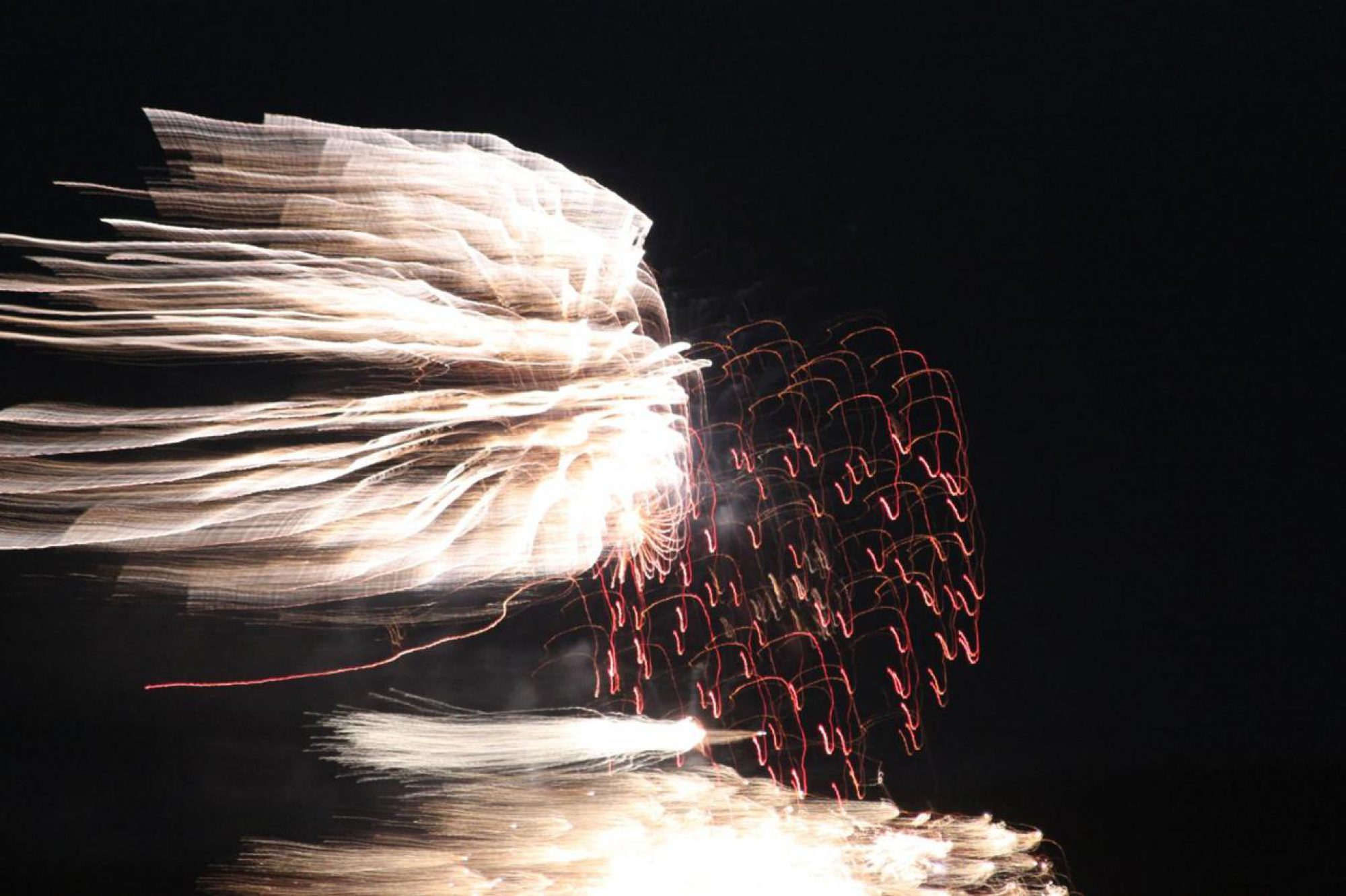Am 6. Februar 2006 publizierte das Pentagon den Quadrennial Defense Review Report. Dies ist eines der strategischen Schlüsseldokumente des US-Militärs. Der letzte – vor vier Jahren – publizierte Bericht reflektierte in Ansätzen Nineeleven. Dieser Bericht setzt dies fort. Wie ist er einzuschätzen?
Fred Kaplan, kompetenter Militärkommentator in Slate, sieht hier Rumsfelds Kapitulation , denn er setze nicht mehr auf eine weitere Strukturveränderung des Militärs, wie sie noch ein Cebrowski mit seinem Konzept von der militärtechnischen Revolution vertreten habe. Tatsächlich enthält der Bericht eine Fülle von Punkten, die der Idee neuimperialer Kriegsführung folgen:
-
# die vier zentralen Missionen in den nächsten zwanzig Jahren sind der Krieg gegen den Terrorismus (“large-scale, potentially long-duration irregular warfare campaign including counterinsurgency and security, stability, transition and reconstruction operations.”) , die Verteidigung des “Homelands”, irreguläre oder asymmetrische Kriege sowie “shaping the choices of countries at a strategic crossroad”
# es werden mehr unbemannte Drohnen in Einsatz kommen, die konventionelle Kriegsführungsfähigkeit von Trident-U-Booten wird ausgebaut, B-1 und B-52 -Bomber werden modernisiert und damit die Fähigkeit, entfernte Ziele zu treffen auszubauen (’forces capable of sustained operations at great distances’) ; das Projekt eines neuen Langstreckenbombers wird avisiert; der Umbau der Armee in flexible, kleine Einheiten wird fortgesetzt
# die “Special Operation Forces” (jetzt 52 000 Mann) werden um 15 % massiv ausgebaut und ihre Fähigkeit zur Counterinsurgency ebenso; wer sich in ausländischen Sprachen und Kulturen auskennt, verdient mehr
# Während der Bericht von 2001 von militärischen Operationen in Europa, Asien und dem Nahen Osten sprach, sieht der Bericht 2006 vor “to operate around the globe, and not only and from the four regions”
# Während Indien ein “strategischer Partner” sei, gilt China als Hauptkontrahent, es habe “the greatest potential to compete militarily with the United States”; als einzige Großmacht nennt der Bericht ansonsten Rußland (”major and emerging powers”); der Plan sieht vor die Zahl der Flugzeugträger vom Pazifik auf 5 oder 6 zu steigern und dort 60 % der U-Boote zu stationieren
# die Mittel werden weiter erhöht – 2007 werden es rund 500 Mrd $ sein, ohne Ausgaben für die aktuellen kriege im Irak und Afghanistan.
“The United States is a nation engaged in what will be a long war.” lautet der erste Satz des Berichts. Weiter heisst es dort: “Currently, the struggle is centered in Iraq and Afghanistan, but we will need to be prepared and arranged to successfully defend our Nation and its interests around the globe for years to come.”
Die Washington Post vom 3.2.06 zitiert Rumsfelds Perspektive:
The United States is engaged in what could be a generational conflict akin to the Cold War, the kind of struggle that might last decades as allies work to root out terrorists across the globe and battle extremists who want to rule the world, Defense Secretary Donald H. Rumsfeld said yesterday. Rumsfeld, who laid out broad strategies for what the military and the Bush administration are now calling the “long war,” likened al Qaeda leader Osama bin Laden to Adolf Hitler and Vladimir Lenin while urging Americans not to give in on the battle of wills that could stretch for years. He said there is a tendency to underestimate the threats that terrorists pose to global security, and said liberty is at stake.
Die Post weist in einem weiteren Bericht darauf hin, dass der Versuch, den “langen Krieg” zur politischen Formel zu machen, die den “Kalten krieg” und den “Krieg gegen den Terror”ablösen soll, seine Wurzeln in Publikationen der neokonservativen Heritage-Foundation und der Generalität hat.
Its recent rise to rhetorical prominence in the U.S. military, according to several military officers, began in 2004 with Gen. John P. Abizaid, the Central Command chief who oversees military operations in the Middle East. Abizaid invoked the phrase to underscore the long-term challenge posed by al Qaeda and other Islamic extremist groups. Gen. Richard B. Myers, who was chairman of the Joint Chiefs of Staff, eventually picked up the term and, at his final news conference before leaving office last September, used it to emphasize the need for political and economic measures — not just military ones — to achieve victory. “What we decided was, it’s a good way of highlighting the idea that this war is likely to take awhile and will require both the commitment of significant resources and the resolve of the American people,” a senior Joint Staff officer said. James Jay Carafano, a senior fellow at the Heritage Foundation, co-wrote a book last year titled “Winning the Long War: Lessons from the Cold War for Defeating Terrorism and Preserving Freedom.” Carafano said the name captures the only major element of the war about which everyone agrees. “We can’t agree it’s global, we can’t agree it’s terrorism, but we all generally agree it’s a war . . . [and] it’s going to be long,” Carafano said. “Transnational terrorism is the problem of the 21st century.” Said a senior Central Command officer: “What we’re fighting is an ‘-ism,’ the first 21st-century ‘-ism,’ the way we fought communism and fascism in the 20th century.”
Eine Reihe von Formeln umschreibt das Selbstverständnis der politischen Krieger des DoD:
-
# From conducting war against nations – to conducting war in countries we are not at war with (safe havens).
# From “one size fi ts all” deterrence – to tailored deterrence for rogue powers, terrorist networks and near-peer competitors.
# From responding after a crisis starts (reactive) – to preventive actions so problems do not become crises (proactive).
# From crisis response – to shaping the future.
# From threat-based planning – to capabilitiesbased planning.
# From peacetime planning – to rapid adaptive planning.
Nirgends in dem Bericht findet sich ein strategischer Ansatz, der eine Wandlung weg von der Idee des neuimperialen Krieges anzeigen würde.


